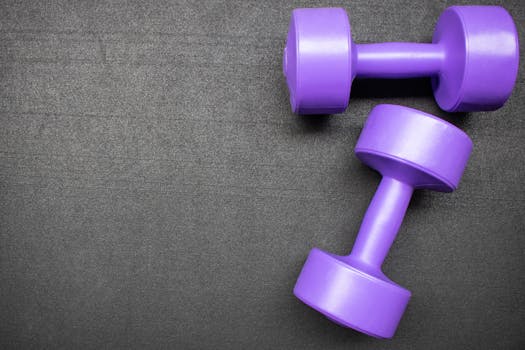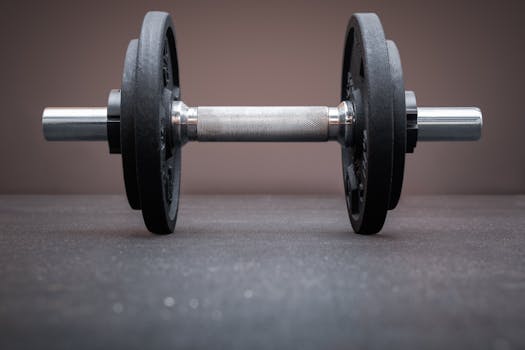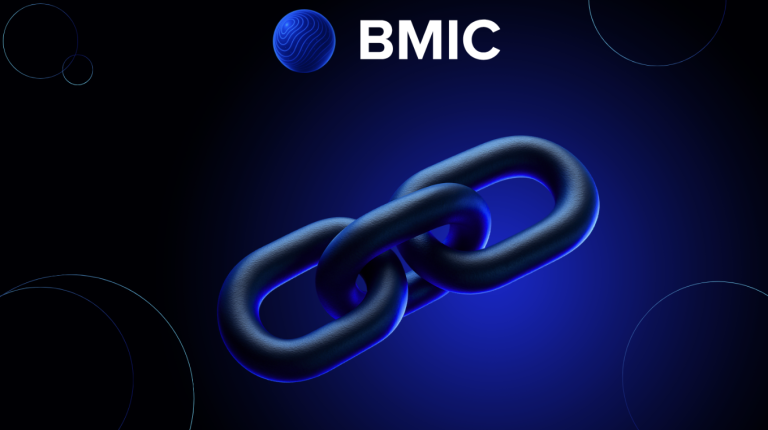
Introduction to High-Intensity Interval Training (HIIT)

High-Intensity Interval Training (HIIT) is a popular workout strategy that combines short bursts of intense exercise with periods of rest or lower-intensity exercise. This method has gained traction for its effectiveness in promoting fat loss and improving cardiovascular health.
Benefits of HIIT for Fat Loss

HIIT is not just about working out harder; it’s about working out smarter. Here are some key benefits:
- Time Efficiency: HIIT workouts can be completed in a fraction of the time of traditional workouts.
- Increased Metabolism: HIIT can elevate your metabolism for hours post-workout.
- Fat Loss: Studies show that HIIT can lead to significant fat loss while preserving muscle mass.
How to Get Started with HIIT

Starting a HIIT program can be daunting, but it’s easier than you think. Here’s how to begin:
- Choose Your Exercises: Select a mix of cardio and strength exercises.
- Decide Interval Length: Common intervals are 20 seconds of work followed by 10 seconds of rest.
- Warm-Up: Always start with a warm-up to prevent injury.
- Stay Hydrated: Keep water nearby to stay hydrated throughout your workout.
Sample HIIT Workout for Fat Loss

Here’s a sample workout you can try:
- 30 seconds of burpees
- 30 seconds of squat jumps
- 30 seconds of mountain climbers
- 30 seconds of push-ups
- 1 minute of rest
Repeat this circuit 4-5 times for an effective fat-burning session.
Nutrition Tips for Maximizing HIIT Results

To maximize your HIIT fat loss, nutrition plays a crucial role. Focus on:
- Protein Intake: Ensure adequate protein to support muscle recovery.
- Healthy Fats: Include sources of healthy fats in your diet.
- Hydration: Drink plenty of water before, during, and after workouts.
Conclusion

High-Intensity Interval Training (HIIT) is an effective approach for those looking to lose fat efficiently. By incorporating HIIT into your routine and focusing on nutrition, you can achieve your fitness goals.






